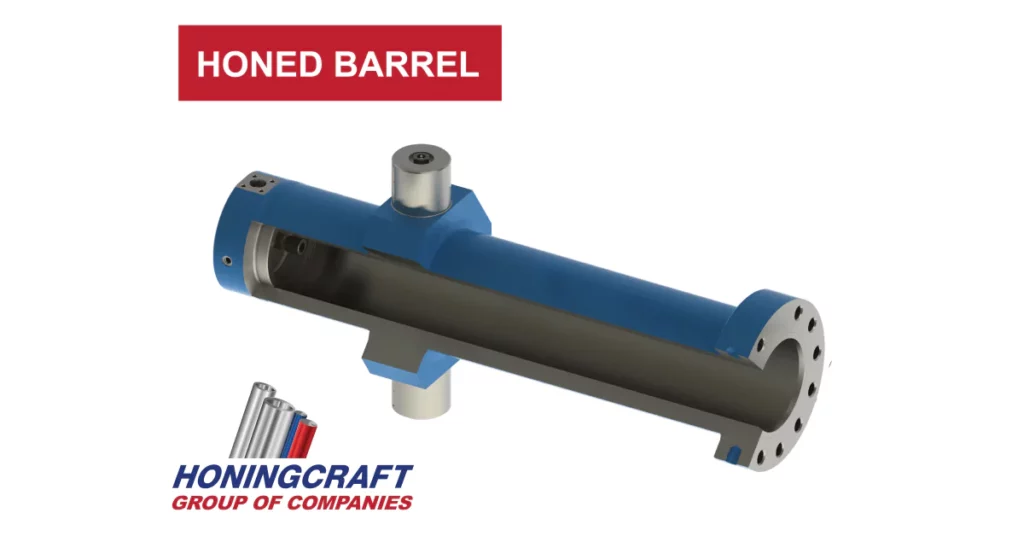Hydraulic cylinder repacking yearly forms part of your preventative maintenance operation. It will considerably extend a cylinder’s lifespan and keep it in excellent working condition if done correctly. There are different types of hydraulic cylinders, but the process of determining if it’s necessary to repack them and the repacking itself is generally the same. This article contains all the information you need to know how to perform the task and keep your hydraulic cylinder performing at its peak.
When Should a Hydraulic Cylinder Be Repacked?
There are some typical signs you can look out for that will indicate that repacking your hydraulic cylinder is necessary, this includes:
- Your hydraulic cylinder is visibly leaking oil.
- The rate at which your implements leak oil will be faster than normal.
- The hydraulic cylinder will move a load at a slower than normal speed.
- The cylinder will experience difficulty lifting a heavy load.
Preparation and Process for Hydraulic Cylinder Repacking
Preparation
Make sure you have a cylinder kit before you start the hydraulic cylinder repacking process. Often, parts can be damaged when unpacking the cylinder. By having a kit on hand you will have all the spare parts needed to complete the repacking if you find that any parts are damaged. For example, oil leaks on the cylinder might indicate the seals are worn and need to be replaced. The Honingcraft cylinder kit includes hydraulic cylinder seals.
The following equipment will be necessary to repack a hydraulic cylinder:
- Rubber hammer
- Screwdriver
- Pliers
- Allen wrenches
- Spanner wrench
- Emery cloth
- Torque wrench
- Thread locking adhesive
- A container to catch the used hydraulic fluid
- A supply of new hydraulic fluid
Choose a clean area with enough space to start the hydraulic cylinder repacking process.
Process
The process below is specifically for welded rod hydraulic cylinders but could be applied for most cylinder types.
- Clean the entire hydraulic cylinder unit of dirt and debris on the cylinder head and end cap.
- Release all the pressure inside the hydraulic cylinder.
- Disconnect all the hoses from the cylinder. This will allow the remaining pressure in the cylinder to escape.
- Plug the ports before you remove the hydraulic cylinder. Once removed from the machinery, open the ports and drain the hydraulic fluid from the cylinder into a container. Contaminated hydraulic fluid can potentially damage the new repacking, so make sure not to add this oil to your new oil.
- Remove the pin from the rod end of the hydraulic cylinder.
- Remove the gland from the cylinder. Use the rubber hammer and give it a small tap or bump to break it loose. Once loose, unscrew and pull away onto the piston rod.
- Remove the piston rod carefully from the cylinder, ensuring the fine threads inside the cylinder do not get damaged. Be careful not to bump the rod against anything and make sure it does not get contaminated with dirt. This is why it’s essential to have a clean working environment. If any burrs are discovered on the piston rod, remove them with the emery cloth.
- Once the rod is removed from the cylinder housing, remove the piston from the rod. To make it easier for yourself, keep all the parts in order and take a photo for reference later.
- Replace the seals on the piston and gland at the same time. This will help guide you to use the right seals for the correct parts. Clean the grooves where the new seals should go to ensure it’s free from debris before installing the seals. Install the seals evenly and with great care. Some seals are thin and can easily get damaged.
- Reassemble the piston to the rod and make sure the cylinder rod is straight. Use the thread locking adhesive when replacing the piston rod bolt. Clean all the parts before reassembly and oil each component.
- Reinsert the gland into the cylinder. Do not use the thread locking adhesive on the gland threads.
- Re-attach the hydraulic cylinder and replace all the hydraulic hose lines. Fill the hydraulic cylinder with a new, clean supply of hydraulic fluid and test for leaks around the new seals.
By working carefully and diligently your hydraulic cylinder should be leak-free. For more information on hydraulic cylinder repacking, watch the following video:
Conclusion
It’s more cost-effective to repair a leaking cylinder than to replace it. You will save thousands and it’s a more eco-friendly solution than buying a new hydraulic cylinder. Honingcraft supplies a variety of cylinder kits that will assist you in your hydraulic cylinder repacking. Honingcraft stocks honed tubing and chrome bar and cuts both of these materials to the length you require for your cylinder repair project. Request a quote on our website and see why Honingcraft is well known for great quality and great service!












